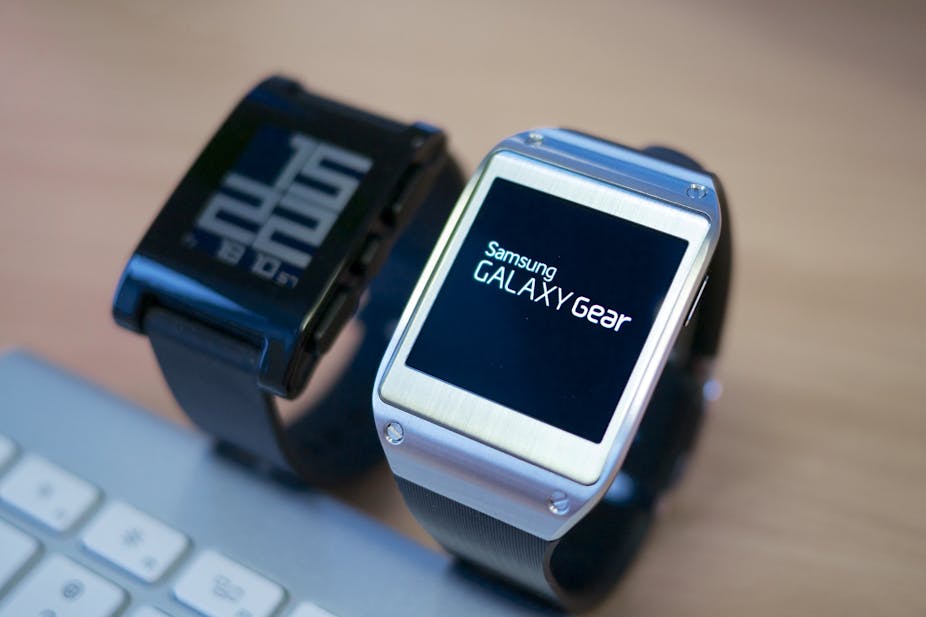Samsung has had a mixed relationship with wearable technology to date but an announcement this week may put it ahead of the crowd.
The South Korean firm made an early bid on the market with smartwatches but its Galaxy Gear has received tepid reviews. Now it says it has come up with a technique for producing graphene in a way that is commercially viable and plans to use it in wearable technology.
Graphene has been touted as a wonder material that will revolutionise electronics. Strong, flexible, and conductive, graphene may bring us flexible displays on devices and clothing that can do more than just sit on your body.
But making high-quality graphene on a commercial scale is difficult so Samsung’s claims have been greeted with excitement. Researchers from the Samsung Advanced Institute of Technology and Sungkyunkwan University in Korea report a new method for producing large, flawless graphene wafers that could be used in new electronic devices. Crucially, the new method seems well-suited for commercialisation on a large scale.
Graphene consists of a single flat layer of carbon atoms arranged in an ordered hexagonal pattern. This regular arrangement of atoms, a crystal, is vital to its promising electronic properties. To realise next-generation electronics based on graphene, single crystals as large as several centimetres must be made on a large scale.
Previous research has revealed several routes to graphene, but all are limited in one or more ways. The graphene might consist of multiple crystals joined together by disordered borders or might contain wrinkles in its flat surface. Any defects in the crystal will impede its electronic properties. Other methods produce highly desired single crystals of graphene but on a very small scale. Producing large wafers of single-crystal graphene is vital to its use in electronics.
The new method produces a single layer of perfectly crystalline graphene as large as 50mm in diameter. The key breakthrough was the use of a germanium chip as a template for the growth of the graphene layer from multiple crystal seeds.
Germanium has several properties that turn out to be perfect for graphene production. The surface of the germanium wafers used here is very smooth and well-defined, and has a defined direction to it. It also does not form chemical bonds to graphene, but rather forms weak interactions that allow graphene to slide along the surface.
As a result of these properties, when a hot stream of methane and hydrogen gases are passed over the germanium wafer, small, separated islands of graphene are deposited. Importantly, these individual graphene crystals are all aligned in the same direction. The graphene layer grows outward from the edges of these crystals and merge with each other seamlessly to produce a single, perfect crystal.
The directional surface of germanium is essential to the process as it forces each individual graphene crystal into alignment, allowing them to grow into one another without producing defects. Indeed, when a perfectly symmetrical germanium surface was used instead, the product was a mosaic of crystalline graphene joined together by disordered seams.
A further advantage of germanium is that when heated and cooled, it expands and contracts at a similar rate to graphene. Combined with the ability of graphene to slide along the surface, this completely prevents wrinkles from forming in the graphene layer and diminishing its electronic properties.
Once grown, the graphene layers can simply be peeled off the germanium wafer, allowing the wafer to be reused. Typical methods of graphene production involve the use of corrosive chemicals to remove the product from the template. This is environmentally unfriendly and also damages the template, preventing its reuse. By avoiding these pitfalls, the new method promises to be commercially viable.
If Samsung makes its technique work in the long term, it may lead to remarkable new electronics. After its smartwatch woes, it might have finally found a way to take on Google Glass.

